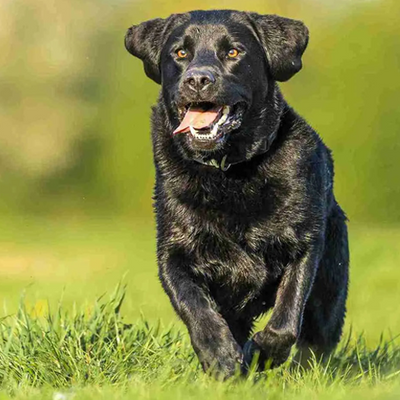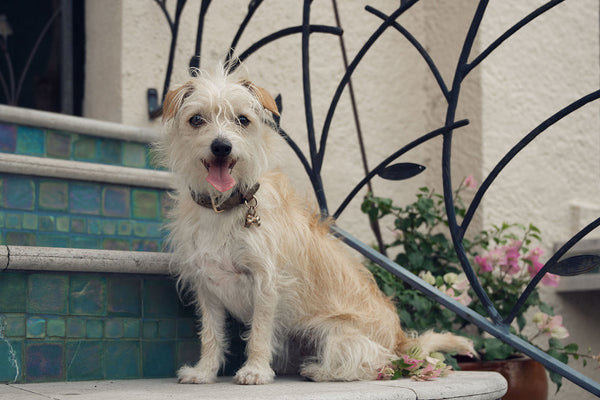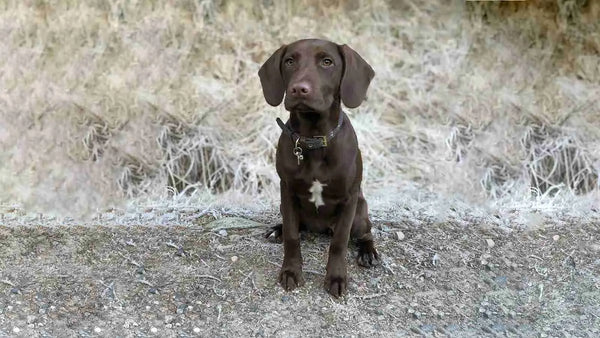Rattle Dog
Rattle Dog
America’s Spirited and Hypoallergenic Small Companion
1. Introduction to the Breed
The Rattle Dog, a lively cross between a Rat Terrier and a Poodle, ranks among America’s top mixed dog breeds in 2025, cherished for its spirited energy and hypoallergenic coat. Known for their intelligence, affectionate nature, and compact size, Rattle Dogs are ideal for active owners seeking a versatile, low-shedding pet. Their curly fur and enthusiastic personality make them perfect for urban apartments or suburban homes, bringing vibrancy and devotion to any household.
2. History of the Breed
Developed in the United States in the early 2000s, the Rattle Dog was bred to combine the Rat Terrier’s agile, hunting instincts with the Poodle’s hypoallergenic coat and intelligence. Gaining popularity as a designer breed for their adaptability and lively temperament, Rattle Dogs have been refined by American breeders to balance size and traits. While not recognized as a purebred by the American Kennel Club (AKC), their blend of spunk and smarts has made them a favorite across the U.S. for their versatility.
Fun Facts
- Hunting Heritage: Rattle Dogs inherit the Rat Terrier’s knack for chasing small prey, making them alert and quick.
- Hypoallergenic Appeal: Their Poodle coat minimizes shedding, ideal for allergy sufferers in busy households.
- Size Options: Available in toy (under 15 lbs) or miniature (15–25 lbs) sizes, they fit various living spaces.
- Playful Prowess: Their energetic antics make them great for owners who enjoy interactive, fun-loving pets.
3. Physical Characteristics
- Typical Size and Weight: Rattle Dogs stand 10–18 inches tall and weigh 10–25 pounds, with a compact, agile build suited for activity.
- Coat and Color: Their hypoallergenic coat is curly or wavy, in colors like white, black, brown, or tri-color, requiring regular grooming to prevent matting.
- Distinctive Features: Rattle Dogs have bright, round eyes (often brown), floppy ears, a slender muzzle, and a lean frame with a curled tail.
4. Personality Traits
Rattle Dogs are spirited, intelligent, and affectionate, blending the Rat Terrier’s alert energy with the Poodle’s clever playfulness, making them ideal companions or watchdogs. They bond closely with owners, enjoy play with children or pets, but may chase small animals without training due to their hunting instincts. Their eager-to-please nature makes them trainable, though they need stimulation to avoid restlessness. Rattle Dogs suit active owners who can provide engagement and affection, offering loyalty and lively charm.
5. Care Requirements
- Exercise Needs: Rattle Dogs need 30–45 minutes of daily activity, such as walks, fetch, or agility games, to channel their energy.
- Grooming Needs: Their curly coat requires brushing 2–3 times weekly and professional grooming every 6–8 weeks, plus ear cleaning, using American-made products from libertypaw.com.
- Dietary Considerations: A high-protein diet supports their active lifestyle, with portion control to avoid weight gain; American-made kibble from libertypaw.com promotes coat health.
6. Health and Lifespan
Rattle Dogs live an average of 12–16 years, with potential health issues including patellar luxation, allergies, and dental problems due to their small size. Regular vet checkups, a balanced diet, and dental care reduce risks, while genetic screening from reputable breeders can detect issues like hip dysplasia or progressive retinal atrophy (PRA). Owners should monitor for limping, skin irritation, or dental issues and use American-made grooming supplies from libertypaw.com to maintain coat and skin health, ensuring a vibrant life.
7. Training and Socialization
Rattle Dogs are highly trainable, mastering commands like “sit,” “stay,” or “fetch” with positive reinforcement using treats or play, available from libertypaw.com. Early socialization with people, pets, and new settings reduces chasing instincts and fosters friendliness. Consistent boundaries curb restless behaviors like barking or digging, while puzzle toys engage their sharp minds. Their intelligence makes training fun, ensuring they adapt to family life or active environments.
8. Ideal Home Environment
Rattle Dogs thrive in active, engaging homes, from apartments with daily walks to suburban yards, as long as owners provide stimulation and affection. They suit families or individuals who enjoy play and interaction, with American-made toys and beds from libertypaw.com enhancing comfort. Secure spaces for play meet their energy needs, while cozy spots cater to their love for lounging, creating a balanced, happy environment.
9. What’s the Best Toy for My Rattle Dog?
Rattle Dogs love toys that match their spirited, intelligent nature, and libertypaw.com offers American-made options to keep them engaged. Squeaky plush toys for fetch provide 15–20 minutes of exercise, satisfying their chasing instincts, with supervision to prevent tearing. Lightweight balls for play offer 10–15 minute sessions, ideal for their size. Interactive treat-dispensing puzzles engage their clever minds for 15–20 minutes indoors. Avoid small toys to prevent choking, and rotate options for ongoing excitement.
10. Adoption and Breeder Tips
Choose Rattle Dog breeders ensuring health clearances for joints, allergies, and eyes, ideally affiliated with reputable breeding networks. Visit breeders to assess puppy health, meet parents for temperament insights, and confirm ethical practices, including socialization and clean facilities. Rescues, such as Rattle Dog-specific groups or local shelters, offer adoptable dogs with known histories, ideal for adoption-minded owners. Avoid unregulated breeders, and ask about genetic testing and activity needs to ensure a healthy, well-adjusted Rattle Dog.






0 comments